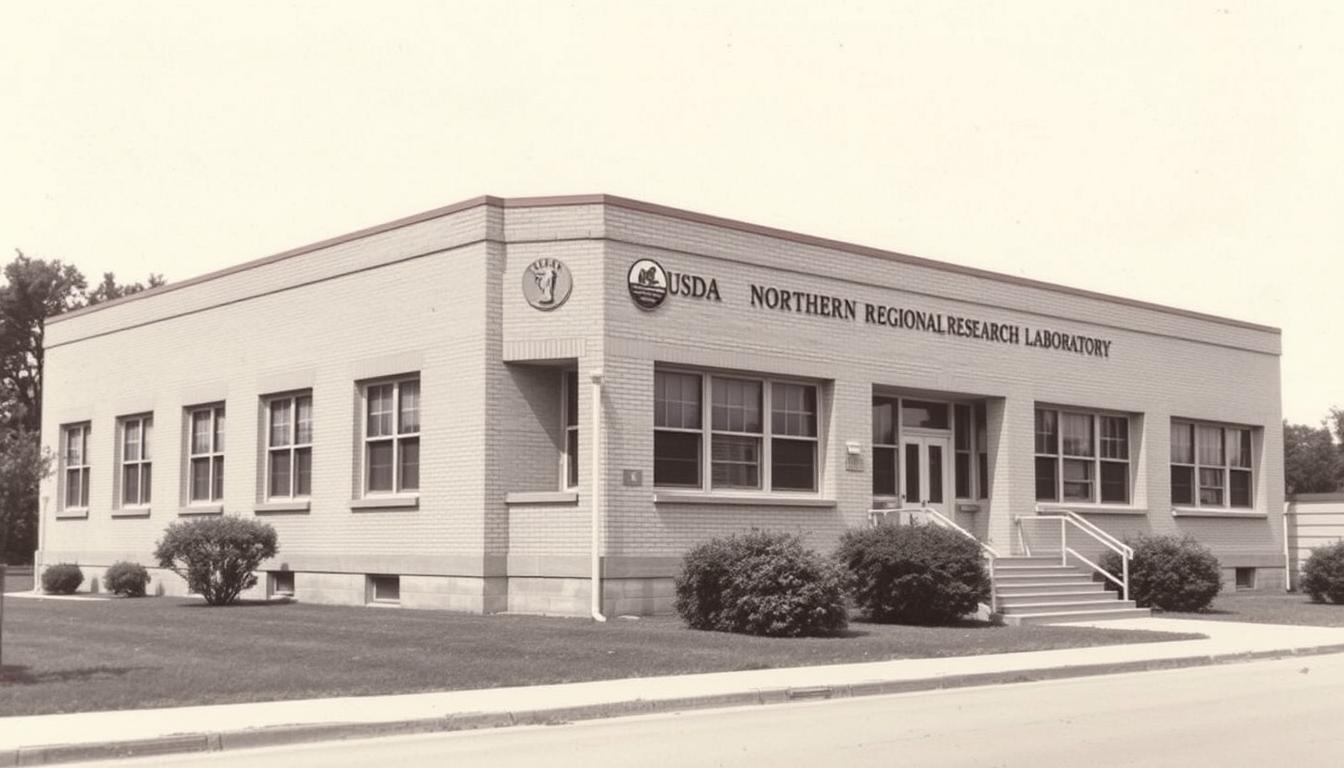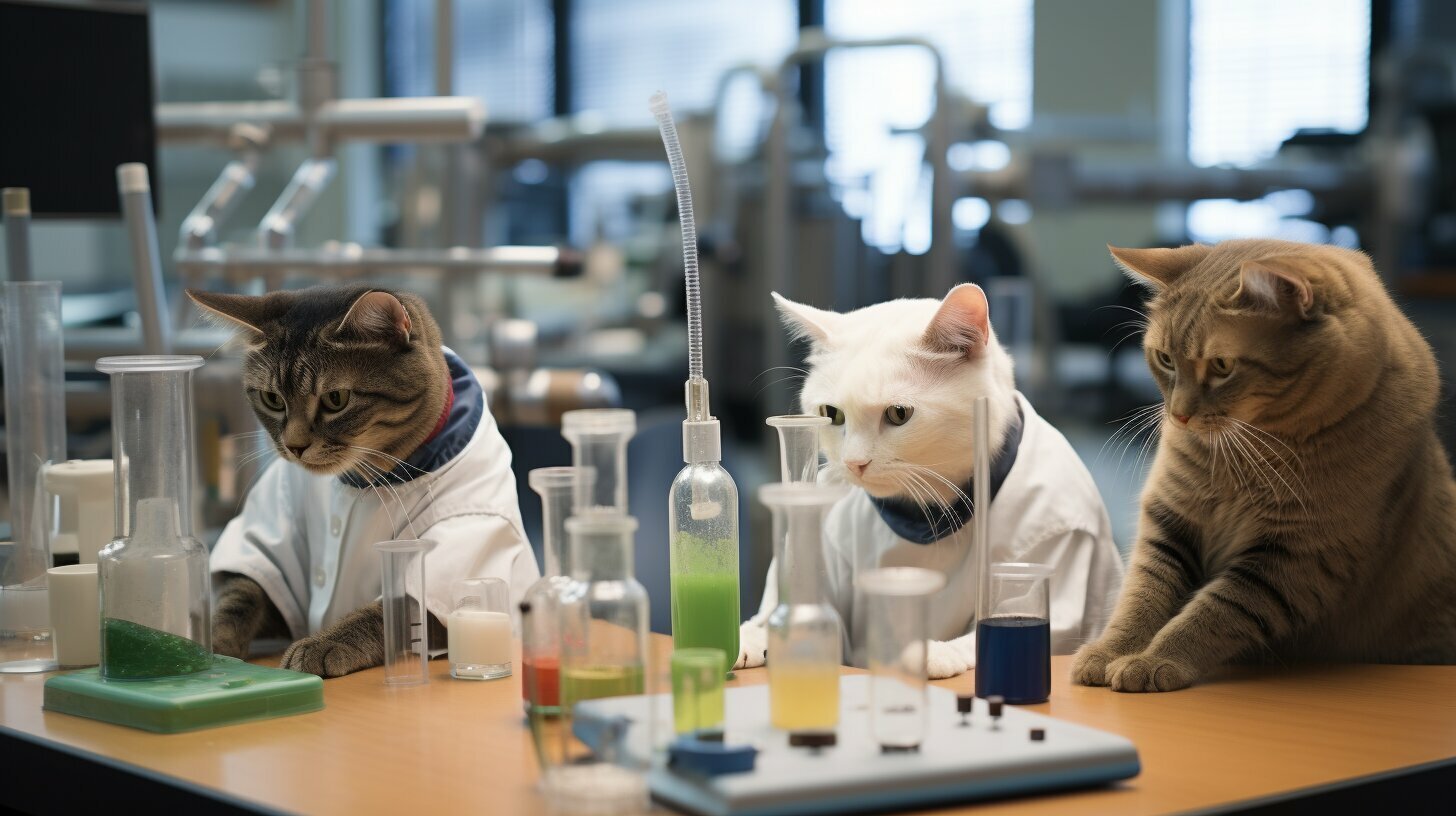
Are Hydrocolloids Safe for Cats? Your Friendly Guide
SUBSCRIBE TO OUR BLOG
Promotions, new products, and recipes.
If you're a cat owner, you want to provide your furry companion with the best possible food. But with so many options on the market, it can be challenging to know which ingredients are safe and healthy for your cat. In recent years, there has been much discussion about the use of hydrocolloids in cat food and whether they are safe for our feline friends. In this guide, I'll take a close look at hydrocolloids, their potential benefits and safety concerns, and what you need to know to make informed choices about your cat's diet.
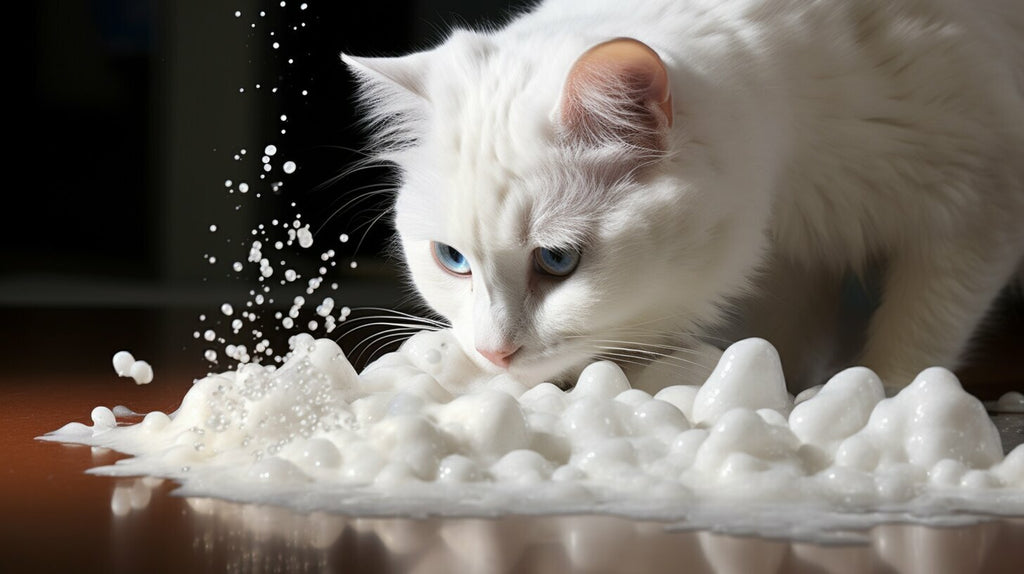
- Hydrocolloids are a group of substances used as thickeners, stabilizers, and emulsifiers in cat food.
- Common hydrocolloids used in cat food include agar agar, carrageenan, xanthan gum, guar gum, and locust bean gum.
- Hydrocolloids can offer potential benefits, such as improving nutrient availability and aiding digestion, but safety concerns exist.
- Reading labels and consulting with your veterinarian can help you make informed choices about your cat's diet.
- Striking a balance between safety and variety in your cat's diet is essential.
What are Hydrocolloids?
If you're like me, you may be wondering what exactly hydrocolloids are and what role they play in cat food. Hydrocolloids are a group of substances commonly used in the food industry as thickeners, stabilizers, and emulsifiers. These ingredients can improve the texture, consistency, and shelf life of various food products, including pet food.
But what does this mean for your cat's food?
Hydrocolloids are added to cat food to help maintain the desired texture and stability. For example, they can help to keep wet food moist and prevent dry food from becoming too hard or brittle. They also act as a binding agent, helping to hold the ingredients together.
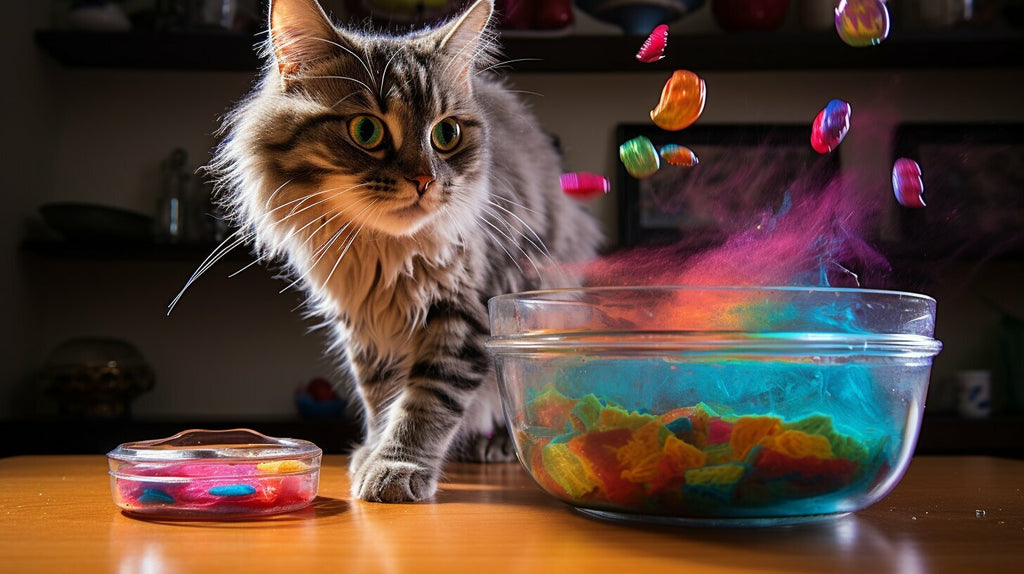
Some common hydrocolloids used in cat food include gum, agar agar, carrageenan, xanthan gum, guar gum, and locust bean gum. These ingredients may sound unfamiliar, but they are generally considered safe for human consumption and have been used in the food industry for decades.
But what about their safety for cats? We'll explore that in the next section.
Common Hydrocolloids Used in Cat Food
In the world of cat food, hydrocolloids are commonly used to help maintain the desired texture and stability of the food. Some of the most frequently used hydrocolloids in cat food include:
| Hydrocolloid | Description |
|---|---|
| Gum | A carbohydrate-based hydrocolloid that is often used as a thickener and stabilizer in cat food. |
| Agar Agar | A hydrocolloid derived from seaweed that is commonly used as a gelling agent in cat food. |
| Carrageenan | A hydrocolloid extracted from seaweed that is used as a thickener, stabilizer, and emulsifier in cat food. |
| Xanthan gum | A hydrocolloid produced from the fermentation of glucose or sucrose that is used as a thickener and stabilizer in cat food. |
| Guar gum | A hydrocolloid derived from the seeds of the guar plant that is often used as a thickener and stabilizer in cat food. |
| Locust bean gum | A hydrocolloid made from the seeds of the carob tree that is used as a thickener and stabilizer in cat food. |
These hydrocolloids are added to cat food to help improve its texture, consistency, and shelf life. However, their safety is a concern for many pet owners, and it's important to explore this issue in more detail before making a decision about what to feed your cat.
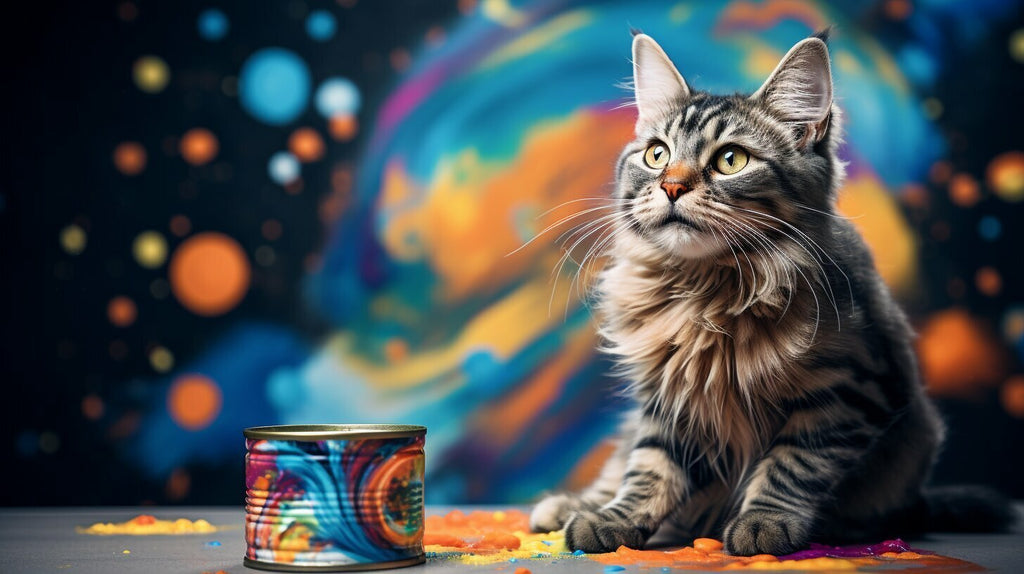
As mentioned earlier, hydrocolloids play a considerable role in pet nutrition, particularly in the formulation of cat food. These substances contribute to the overall quality of the food by enhancing palatability and providing a pleasing consistency. The use of hydrocolloids ensures that the cat food has a desirable texture, is easy to eat, and retains its shape over a long shelf life.
Moreover, hydrocolloids are often used to improve the nutritional profile of cat food. They help to retain water and nutrients, making them more bioavailable for the cat's digestive system. Hydrocolloids also help to slow down the transit time of food through the gastrointestinal tract, which can contribute to better absorption of nutrients.
It is important to note, however, that not all hydrocolloids are created equal, and their effects on pet nutrition can vary. Therefore, it is crucial to evaluate the quality of the hydrocolloids used in cat food carefully. High-quality hydrocolloids can offer significant nutritional benefits while providing a safe and enjoyable eating experience for cats.
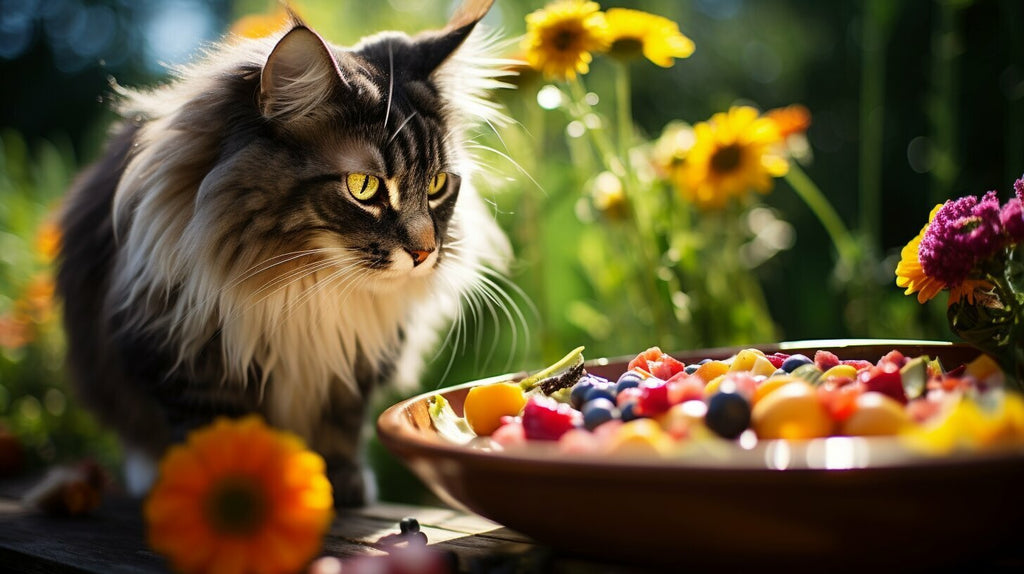
When it comes to the safety of hydrocolloids in cat food, there are valid concerns and controversies worth exploring. Some experts argue that hydrocolloids, particularly carrageenan, can cause digestive problems, leading to diarrhea and vomiting in cats. Others claim that the prolonged consumption of hydrocolloid-containing foods may have harmful effects on cats' overall health and well-being.
While many of these claims lack robust scientific evidence, it's essential to consider the potential risks before feeding your cat food with hydrocolloids. Cats can also be allergic to some hydrocolloids, leading to severe allergic reactions that could be life-threatening.
"Cats can have different sensitivities to specific hydrocolloids, so it's crucial to monitor your cat's response to any new food containing hydrocolloids carefully."
As a cat owner, it's essential to stay informed and aware of the debates and controversies surrounding hydrocolloids in cat food. By doing so, you'll be better equipped to make informed choices that prioritize your cat's health and safety.
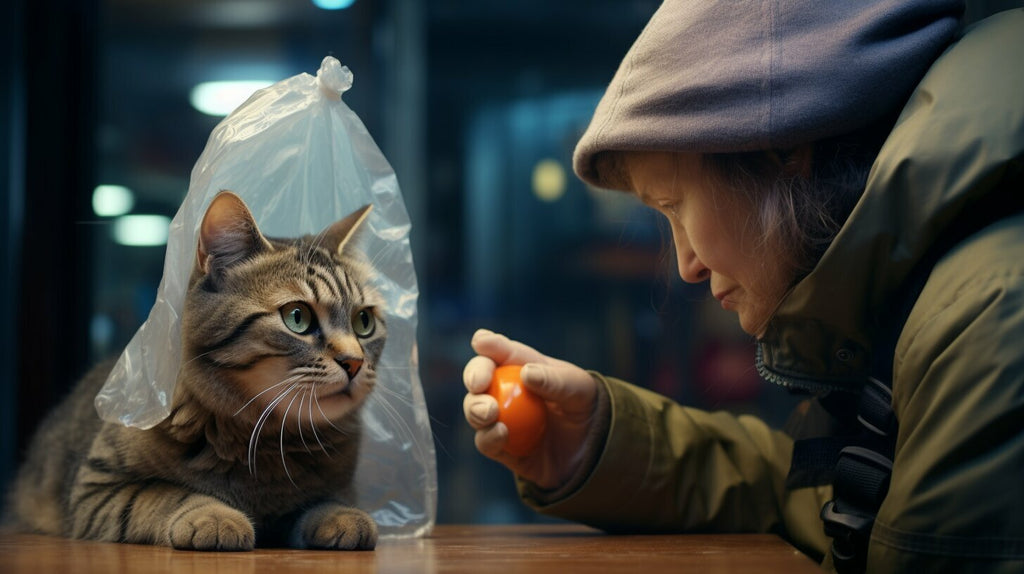
As concerned pet owners, it's natural to want to understand the safety of hydrocolloids in our cat's food. Luckily, scientific research and expert opinions provide insights into this complex issue.
According to a study published in the Journal of Feline Medicine and Surgery, hydrocolloids are generally safe for cats to consume in appropriate amounts. The study suggests that they can provide various benefits, including improving digestion and nutrient absorption.
However, some experts in the field raise concerns about the potential for allergic reactions or digestive issues in some cats. For example, veterinary nutritionist Dr. Lisa Freeman advises pet owners to monitor their cat's response to hydrocolloid-containing foods carefully.
Overall, the general consensus among the scientific community and pet nutrition experts is that hydrocolloids are safe for cats when used in appropriate amounts and quality food products.
Potential Benefits of Hydrocolloids in Cat Food
While there are concerns about the safety of hydrocolloids in cat food, it's important to consider their potential benefits as well.
For one, hydrocolloids can improve the texture and palatability of cat food, which can make it more enjoyable for your cat to eat. They can also enhance nutrient availability and aid in digestion, which is especially important for cats with sensitive stomachs or digestive issues.
Additionally, hydrocolloids can contribute to the overall quality and shelf life of cat food, ensuring that it stays fresh and nutritious for longer periods.
It's important to note that not all hydrocolloids are created equal, and their effects can vary depending on the specific type and dosage used in the food. Consulting with your veterinarian and carefully reading food labels can help ensure that you're selecting cat food that contains safe and beneficial hydrocolloids.
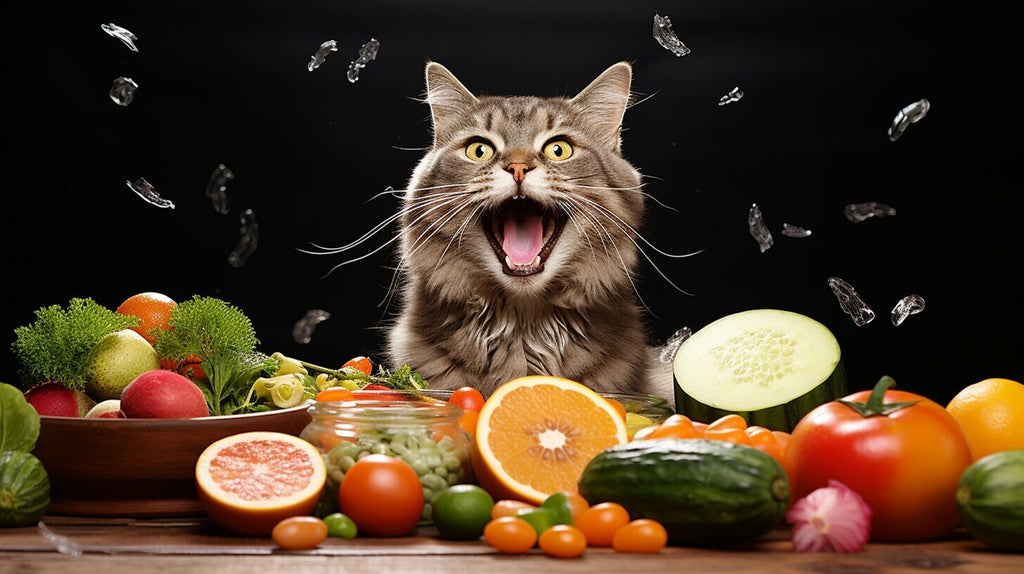
Reading Labels and Making Informed Choices
When it comes to selecting cat food for your furry friend, reading labels is crucial to making informed choices. It's essential to understand the ingredients and nutrient content of the food you're feeding your cat, including the presence of hydrocolloids.
Hydrocolloids can appear on ingredient labels under various names, including gum, agar agar, carrageenan, xanthan gum, guar gum, and locust bean gum. While they can contribute to the texture and consistency of the food, it's essential to consider their safety implications.
When evaluating cat food labels, look for products that prioritize whole food ingredients and natural sources of nutrients. Avoid foods that contain high levels of fillers, artificial preservatives, and additives.
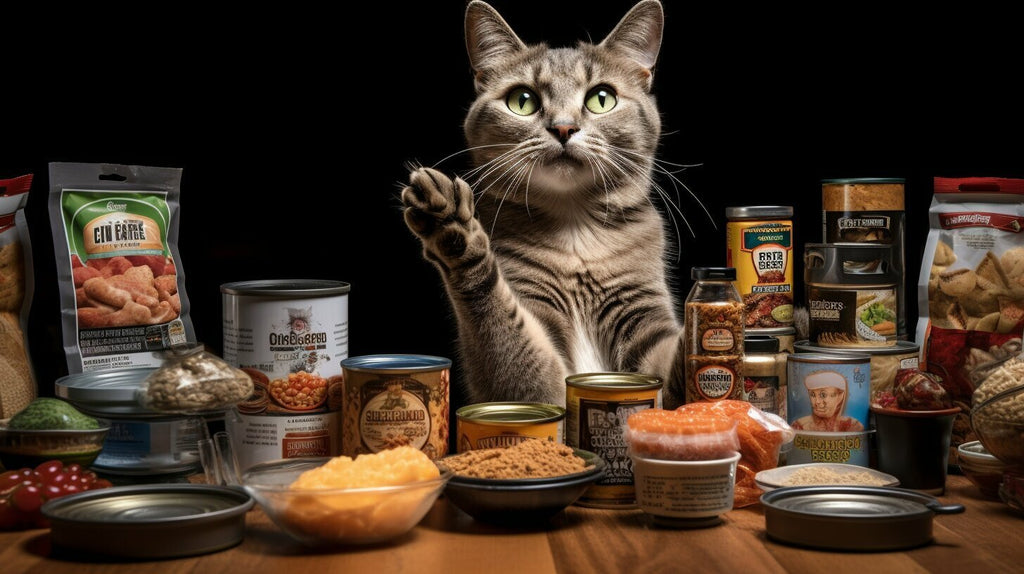
Additionally, look for cat food that is specifically formulated for your cat's life stage, activity level, and health needs. Consider consulting with your veterinarian for personalized advice on selecting the best cat food for your furry companion.
By reading labels and making informed choices, you can prioritize your cat's safety and well-being while still providing delicious and nutritious meals.
Consulting with Your Veterinarian
If you have any concerns about feeding your cat food containing hydrocolloids, it's essential to consult with your veterinarian. Every cat is unique, and their dietary needs may vary based on factors such as age, weight, and health conditions. Your veterinarian can provide personalized advice on whether hydrocolloid-containing cat food is suitable for your cat.
During your consultation, be sure to discuss any previous digestive issues or allergic reactions your cat may have experienced. Your veterinarian can examine the ingredient list of the cat food you're considering and provide guidance on whether it's appropriate for your cat's specific needs.
Remember that your veterinarian is your partner in providing the best possible care for your cat. Consulting with them can help ensure that you make informed choices about your cat's diet and prioritize their health and wellbeing.
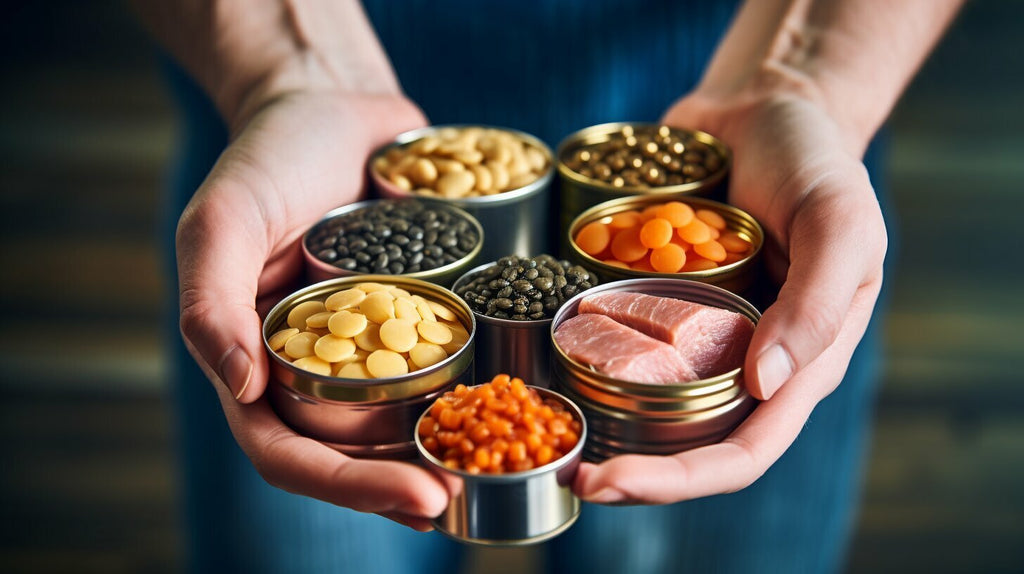
As a cat owner, it's important to prioritize the safety and well-being of your furry companion. Hydrocolloids can be a controversial ingredient in cat food, so it's natural to have concerns about their safety. However, it's also important to provide variety in your cat's diet to ensure they are receiving a balanced and nutritious meal.
One way to balance safety and variety is to opt for cat foods that use natural thickening and stabilizing agents instead of hydrocolloids. Look for cat foods that use ingredients like whole meats, vegetables, and fruits for added texture and flavor.
Additionally, you can include a mixture of wet and dry cat food in your cat's diet to provide variety. Wet food tends to have a higher moisture content, which can be beneficial for cats who struggle with hydration. Dry food can aid in maintaining dental health by helping to scrape away plaque.
If you're unsure about whether hydrocolloid-containing cat food is safe for your cat, consult with your veterinarian. They can provide personalized advice based on your cat's individual circumstances and dietary needs.
In summary, prioritizing your cat's safety while providing variety in their diet can be achieved by opting for natural ingredients, including a mixture of wet and dry food, and consulting with your veterinarian. Remember, making informed choices about your cat's diet is crucial for their overall health and well-being.
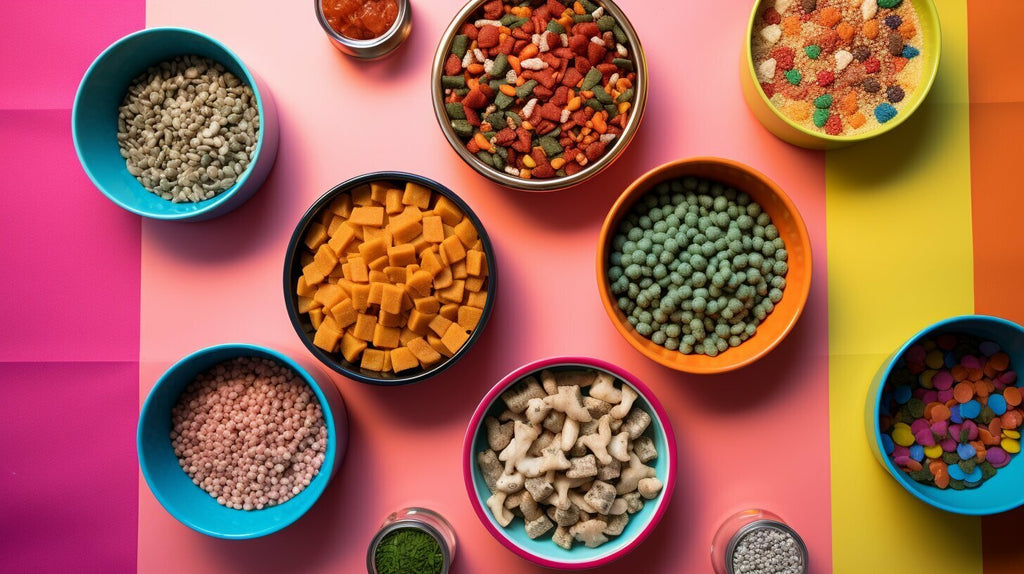
After researching and examining the use of hydrocolloids in cat food, it's clear that the safety of these ingredients is a complex issue. While they can offer potential benefits in terms of texture and palatability, there are also concerns about potential health risks and allergic reactions.
As a responsible cat owner, it's essential to consider these potential risks and benefits when selecting cat food. One should read ingredient labels carefully and consult with a veterinarian to ensure that the food is appropriate for their cat's individual needs and health conditions.
Ultimately, the safety and well-being of our feline friends always come first. While hydrocolloids may be safe for some cats, it's crucial to prioritize their health and make informed decisions when selecting their food.
FAQ
Q: Are hydrocolloids safe for cats?
A: The safety of hydrocolloids in cat food is a complex issue. While they can offer benefits, potential concerns should not be overlooked. It's important to make informed choices and prioritize your cat's well-being when selecting cat food.
Q: What are hydrocolloids?
A: Hydrocolloids are substances used in the food industry as thickeners, stabilizers, and emulsifiers. They improve texture, consistency, and shelf life of various food products, including cat food.
Q: What are some common hydrocolloids used in cat food?
A: Some commonly used hydrocolloids in cat food include gum, agar agar, carrageenan, xanthan gum, guar gum, and locust bean gum. These ingredients help maintain the desired texture and stability of the food.
Q: How do hydrocolloids contribute to pet nutrition?
A: Hydrocolloids play a significant role in pet nutrition, especially in cat food. They enhance palatability, provide a pleasing consistency, and improve overall food quality.
Q: What are the safety concerns and controversies surrounding hydrocolloids in cat food?
A: Some concerns include potential digestive issues, allergic reactions, and detrimental effects on overall health. It's important to address these concerns and make informed decisions about feeding hydrocolloid-containing foods to your cat.
Q: What does scientific research and expert opinions say about hydrocolloids in cat food?
A: Numerous scientific studies and expert opinions have explored the use of hydrocolloids in cat food. We will examine these findings and insights to gain a comprehensive understanding of their safety.
Q: What are the potential benefits of hydrocolloids in cat food?
A: Despite concerns, hydrocolloids may improve nutrient availability, aid in digestion, and enhance the texture and palatability of the food.
Q: How can I read labels and make informed choices regarding hydrocolloids in cat food?
A: Understanding how to read labels is crucial. Look for the presence of hydrocolloids in the ingredient list and evaluate the overall quality and safety of the product.
Q: Should I consult with my veterinarian regarding hydrocolloids in my cat's diet?
A: It's always best to consult with your veterinarian regarding your cat's specific dietary needs and health conditions. They can provide personalized advice and guidance.
Q: How can I balance safety and variety in my cat's diet without hydrocolloids?
A: We will offer tips on achieving the right balance and discuss alternative options to hydrocolloid-containing cat food.
Q: What is the conclusion regarding the safety of hydrocolloids in cat food?
A: After considering the available information, it is clear that the safety of hydrocolloids in cat food is a complex issue. It's up to individual cat owners to make informed choices and prioritize their cat's well-being when selecting cat food.


|
About the Author Ed is the founder of Cape Crystal Brands, editor of the Beginner’s Guide to Hydrocolloids, and a passionate advocate for making food science accessible to all. Discover premium ingredients, expert resources, and free formulation tools at capecrystalbrands.com/tools. — Ed |
Enjoyed this post? Subscribe to The Crystal Scoop
Food-science tips, ingredient know-how, and recipes. No spam—unsubscribe anytime.
- Choosing a selection results in a full page refresh.

